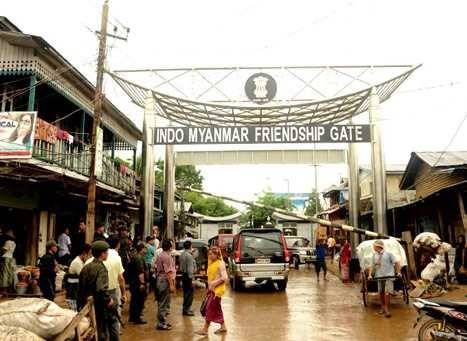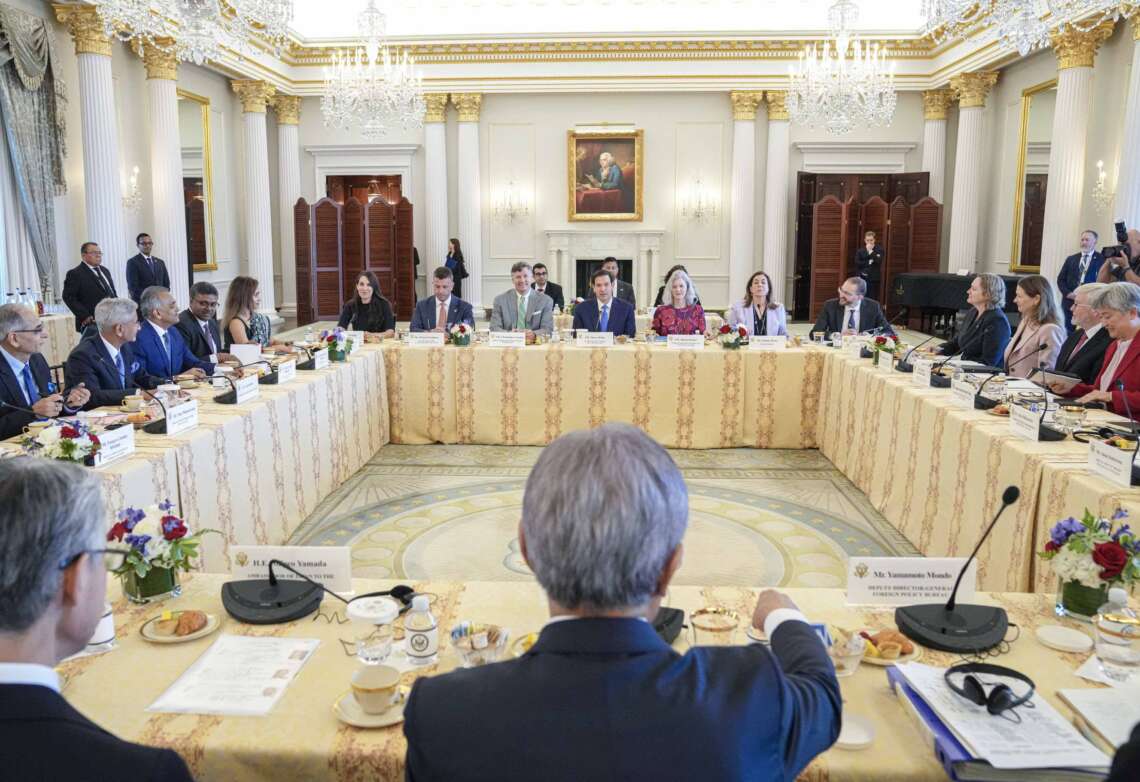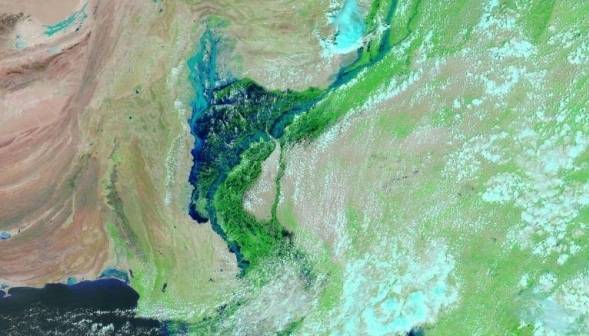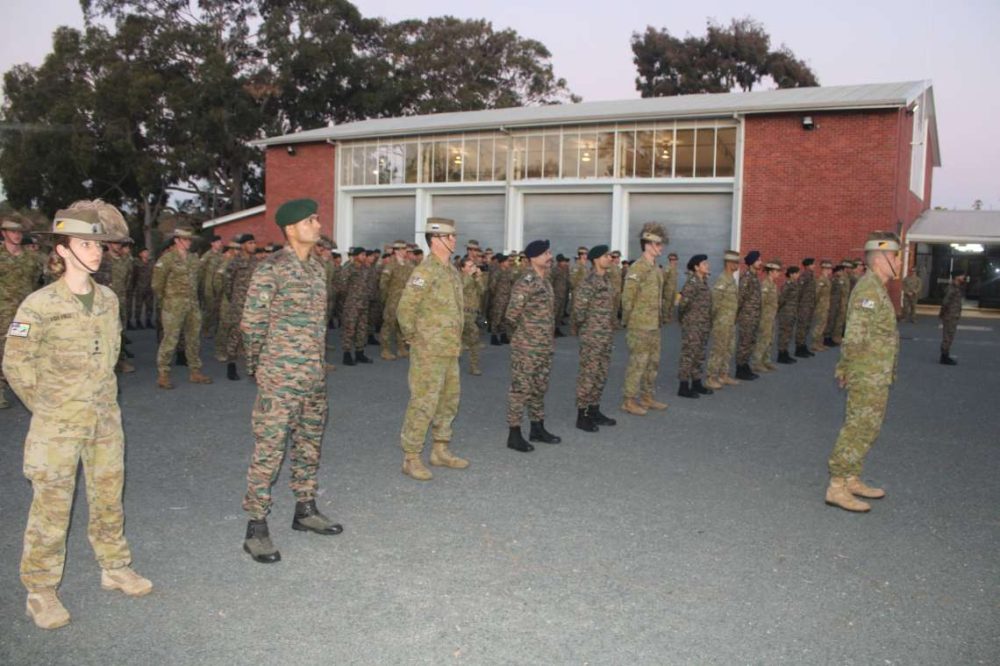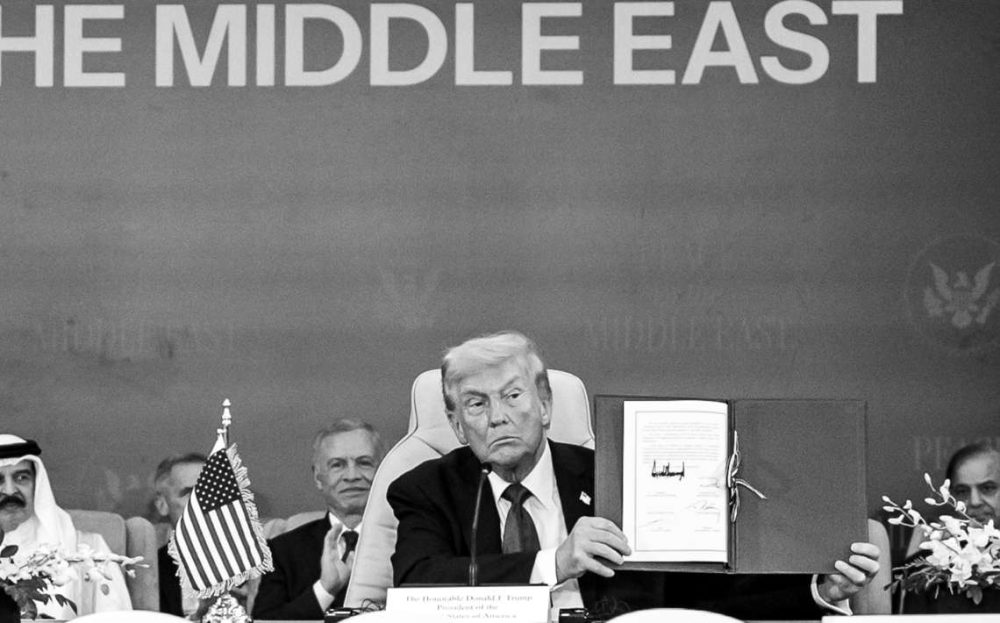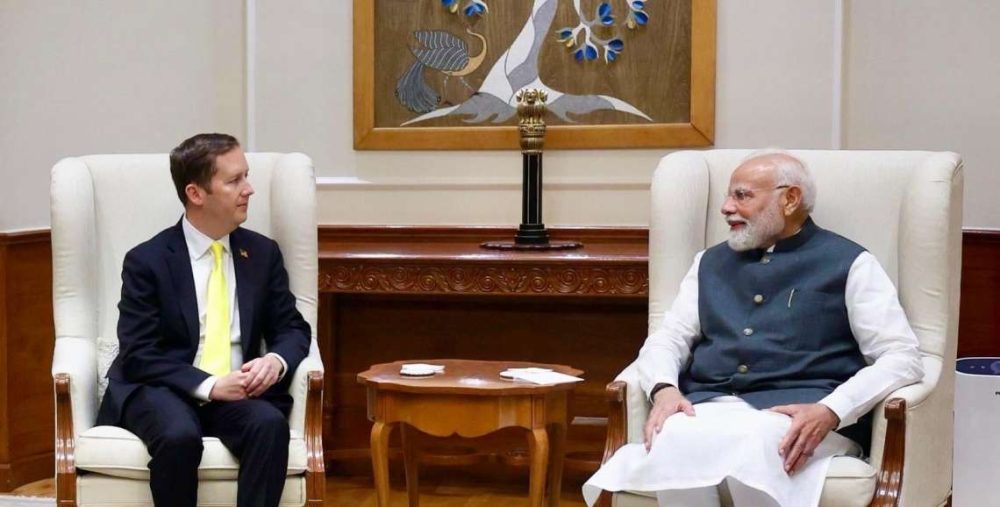Apart from being a trade hub, Moreh is infamous for being the main transit corridor for drug trafficking in Manipur and other northeastern states….writes Sujit Chakraborty
Moreh along the India-Myanmar border in Manipurs mountainous Chandel district is not just an international trading hub but a cosmopolitan place where people belonging to the Hindu, Muslim, Christian, Jain faiths from different parts of India have lived together for decades in complete harmony.
Thousands of Tamils, Nepali, Bihari, Rajasthani, Bengali, Punjabi besides Manipur’s Meitei communities belonging to Hindu, Muslim, Christian, Jain faiths have lived together peacefully for decades in this border town, 110 km south of Manipur capital Imphal and just four km west of Myanmar’s biggest border town Tamu in Sagaing region.
After the people of the Nepali community were settled here by the British much before 1947, the Tamil people since 1964 converted the once nondescript and densely-forested border area into a trading hub between India and Myanmar using their century old Myanmar connections.
The Tamils, Nepalis, Punjabis and other non-Manipuri people speak Manipuri and Myanmarese fluently apart from their mother tongue.
They run varied businesses while a few are engaged in cross-border trade through the land route between India and Myanmar.
However, the India-Myanmar trade and business through the Moreh-Tamu border using the Moreh Integrated Check Post (ICP) has been stopped since March 2020 after the Covid-19 outbreak.
A Manipur government official told IANS that the External Affairs Ministry’s Border Management (BM) Division in mid May sent an advisory to Manipur Chief Secretary Rajesh Kumar to resume the India-Myanmar border trade, but the military administration of Myanmar is yet to respond positively.
“For the Tamil people of Moreh, the period from the sixties to the early nineties was a Golden Age. We had experienced very good cross border trade and business. With the decline in the official border trade along with other factors, life here has become very tough,” said K.B.S. Manian, Secretary of Tamil Sangam, an association of Tamils in Moreh.
He said after Chinese goods become available in Myanmar, the Myanmarese though they liked Indian goods are no longer interested in buying them due to the price difference.
“Till 1992, the number of Tamils was around 10,000 in Moreh but now it has come down to around 3,500. The declining border trade, collection of ‘taxes’ by insurgent outfits, Naga-Kuki ethnic conflict and other problems have forced many traders and others settled in this border town to return to their native places in South India,” Manian told IANS.
People of other communities including Nepali, Punjabi, Bihari, Bengali, Rajasthani are facing similar problems in Moreh.
“However, we the people of all communities and multi-faith Indian citizens are living in harmony. During festivities, irrespective of religion and caste, all the people take part in them.
“Tamils observe Pongal and Fire Walking festivals while the others celebrate other festivals throughout the year,” said Manian, 63, who is the principal of the Netaji Memorial English High School set up in 1967 by the Tamil Sangam.
Tamil women in Moreh embrace their traditional culture despite being far from their native place.
Run by Tamil Sangam, there are three other schools for the Tamil students in Moreh, which can be called as a mini Tamil Nadu in Manipur.
The Tamils are primarily traders of products from their native place such as lungis, saris, food items, various domestic items and more.
Small eateries serving hot dosas, sambar vada and idlis dot the roadsides of Moreh while shops sell clothes, house decor and religious items and other products.
Moreh is also a famous tourist destination of northeast India.
Marking it as a place of religious harmony, there are Temples, Masjids, Churches, Gurudwaras and other religious shrines in Moreh.
Tamils in both Moreh and Myanmar are bonded by ethnicity, as their ancestors were first taken to Yangon by the East India Company as workers along with people from Punjab, Bengal, Bihar and Andhra Pradesh.
A majority of the Tamils returned to India and made Moreh their home after the military junta toppled the government in 1962. There are very few Tamils left in Myanmar’s Tamu and Yangon.
As the British empire declined in 1948, this Tamil community’s fortunes began to decline too. During the military regime, the Tamil population there was forced out of the country.
Tamils in the then Burma (now Myanmar) were predominantly involved in rice cultivation, trade and other work.
Apart from being a trade hub, Moreh is infamous for being the main transit corridor for drug trafficking in Manipur and other northeastern states.
Assam Rifles troopers and other security forces often seize drugs including heroin and the highly addictive methamphetamine tablets, commonly known as ‘Yaba’.
Considering its strategic location, ICP Moreh has the advantage of acting as India’s gateway to the eastern neighbours through the Moreh-Tamu border point, which is presently the only feasible and operational land route for trade between India and Myanmar and other South East Asian countries.
The ICP Moreh, spread over a total area of 45.58 acres and set up in 2018 at an estimated cost of Rs 72.67 crores, is situated along the proposed 1,360 km long India-Myanmar-Thailand trilateral highway.
The India-Myanmar Friendship Bridge in Moreh connects India to Kalewa in Myanmar’s Sagaing Division.
Traders on both sides of the border are keen to resume the India-Myanmar trade through the Moreh and Mizoram’s Zokhawthar (closed for many years) trading points to curb the rampant illegal trade in various items, especially the highly addictive drugs.
Moreh in Manipur and Zokhawthar in Mizoram are the two important international trading points along the 1,643-km long India-Myanmar unfenced border.
The Mizoram-based International Trade Initiative Forum (ITIF) recently urged Prime Minister Narendra Modi and Mizoram Governor Hari Babu Kambhampati to resume trade with Myanmar through the Zokhawthar border point


